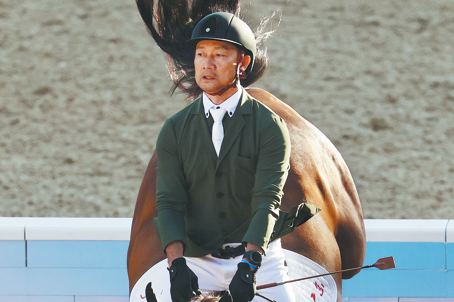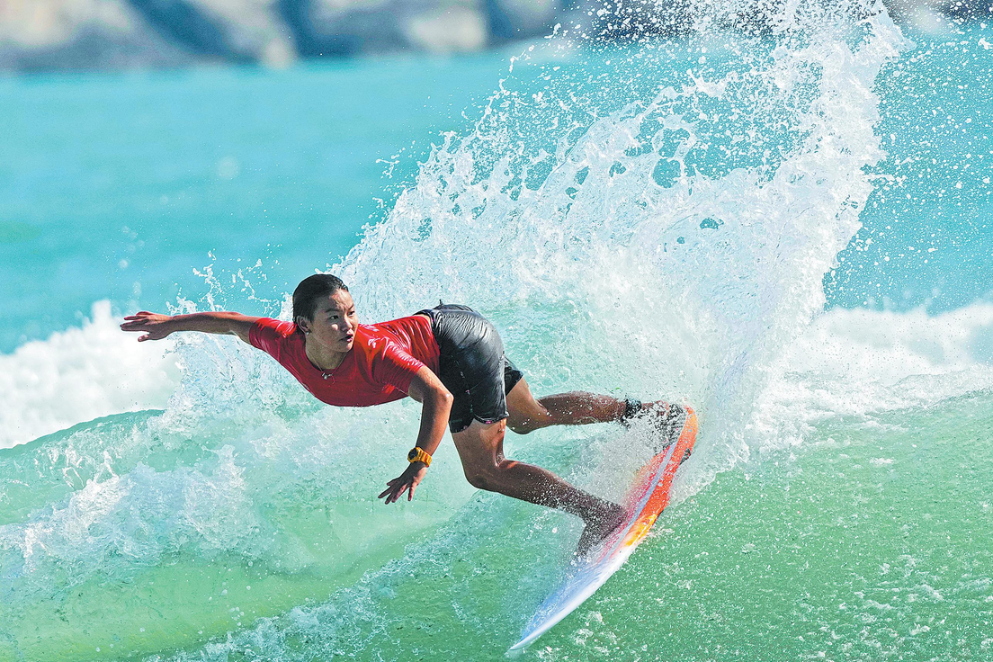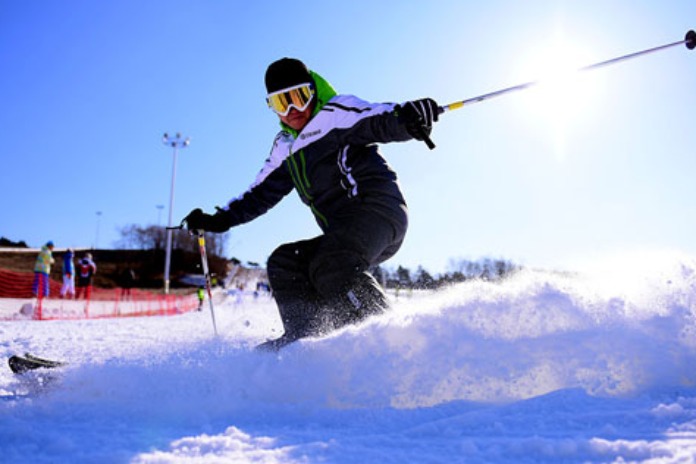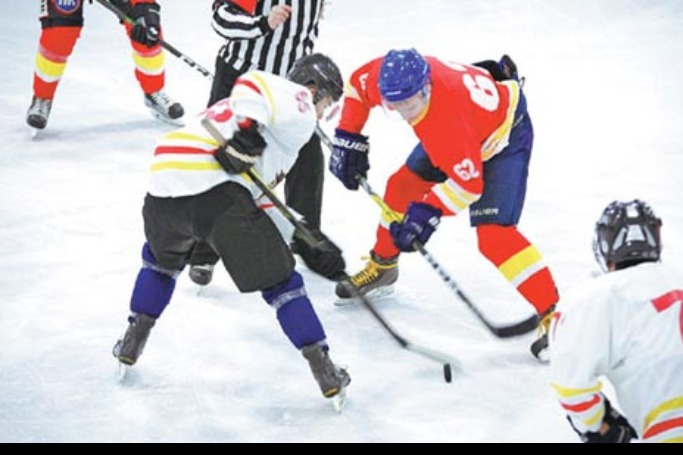Cutting-edge tech keeping Gao ahead of the curve


Gao Tingyu became China's first male Olympic speed skating champion when he dashed to 500m gold at Beijing 2022 in an Olympic-record time of 34.32 seconds-0.33 sec faster than his record at Pyeongchang 2018.
Such seemingly tiny margins are decisive in the sport. Besides the hard work of the athlete, cutting-edge technology also played a vital role in Gao's triumph.
"In this game, speed is all we need. We must minimize as much air resistance as possible," explained Zheng Weitao, director of Key Laboratory of Sports Engineering, which works with the General Administration of Sport of China at Wuhan Sports University in central China, according to China Science Daily.
Working with other institutions and enterprises, Zheng's team develops racing suits for winter sports such as speed skating, Alpine skiing, bobsleigh and ski jumping.
The team constructs aerodynamic models that adjust to different parameters of the body and environment, pinpointing the source, distribution and proportion of air resistance in racing by dynamic simulations.
To create Gao's suit, Zheng's team first scanned the 24-year-old's body in typical motion positions. After calculating aerodynamic data, the researchers optimized resistance reduction and conducted wind-tunnel tests to determine the structure, material and style of the suit, which can cut air resistance by 5 to 10 percent.
The lab has also helped athletes at previous Olympics-windsurfing at Beijing 2008, sailing at London 2012, and speed skating in Sochi 2014, according to China Science Daily.
Training devices also helped Gao skate faster. At China's National Ice and Snow Sports Training and Research Base in Beijing, an artificial intelligence motion-capture system records athletes' movements and performs 3D motion analysis based on image deep-learning technology to identify their weaknesses, China Sports Daily reported.
The system allowed Gao and his coaching team to better understand his start in races. As the fastest 100m starter in speed skating, Gao further enhanced his advantage at the base.
In the 500m final, Gao raced the first 100 meters in 9.42 sec to dash into an early lead. After winning, he said he could have skated even faster over the first 100m.
Gao also improved his technique around the curves of the track with the help of a towing device, one of China's homegrown technologies for speed skating.
Practicing racing around curves is usually highly draining because it takes so much energy for skaters to accelerate from the start to hit high speeds before taking the curve.
Over 90 minutes, they would typically be able to perform three to five rounds of this drill.
The towing device, however, pulls the skater by a rope to accelerate until reaching the curve. Then the skater can enter the curve at a higher speed to practice their technique without wasting energy on acceleration.
Using this device, the skater can finish over 10 rounds of drills in 90 minutes at the base.
Xinhua





























